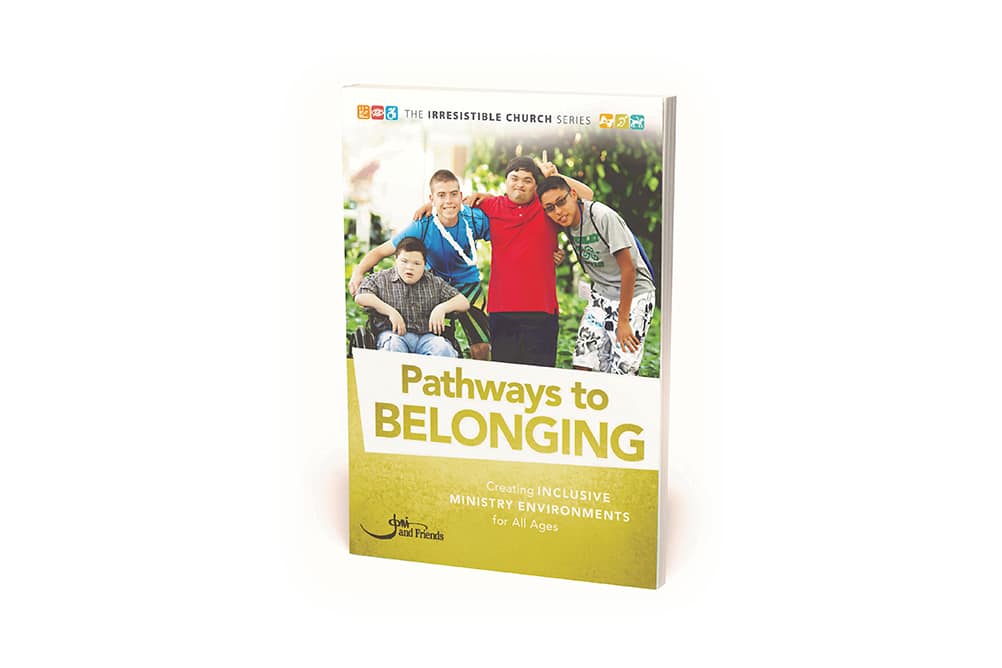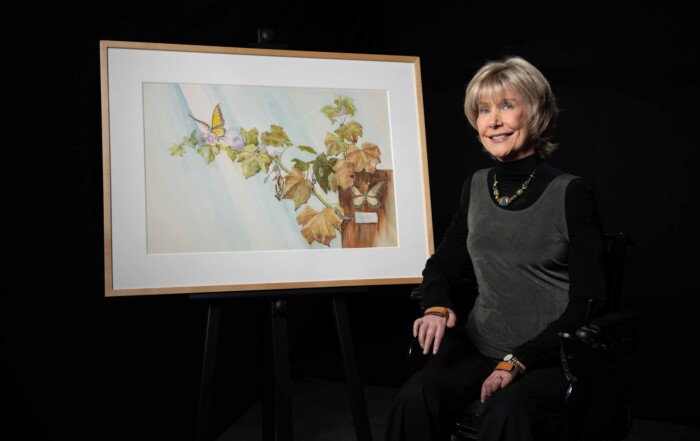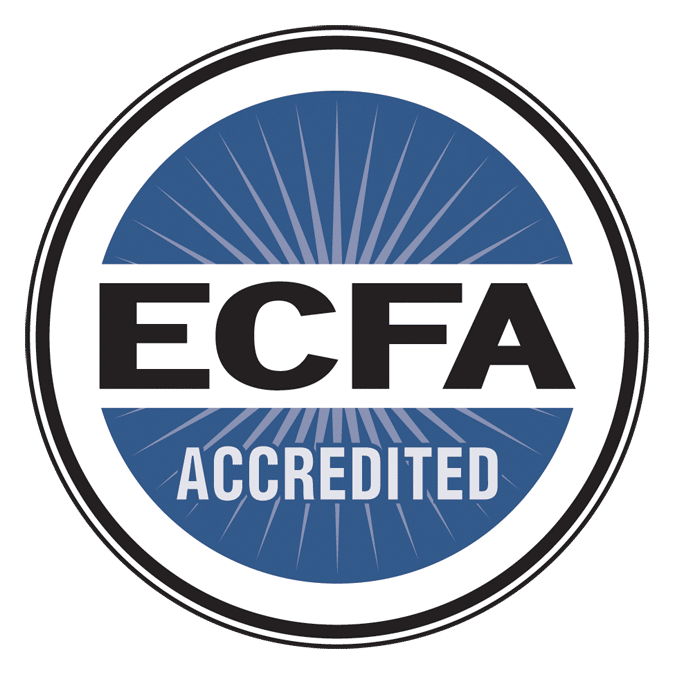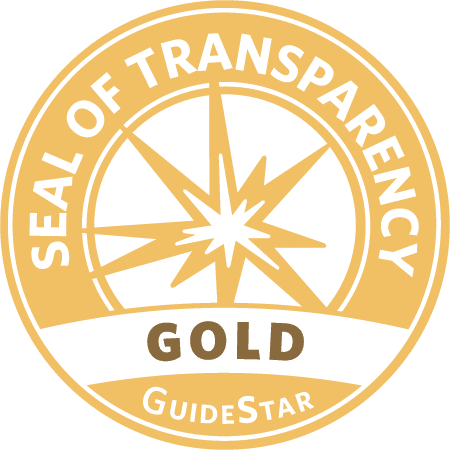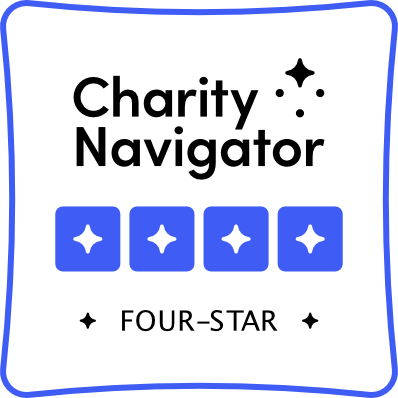How Can People With Disabilities Fully Engage at Your Church?

Few things are as overwhelming as starting a journey without knowing the destination. And for many churches, that’s exactly how ministering to people with disabilities can feel.
We know we want to serve people with disabilities, but we’re not sure what that looks like.
If you’re in a similar situation, fear not! Disability ministry is anything you do that allows people with disabilities to take part in the ministry of your church.
Your church already does great ministry. How to include people with disabilities in that ministry is the pressing matter at hand.
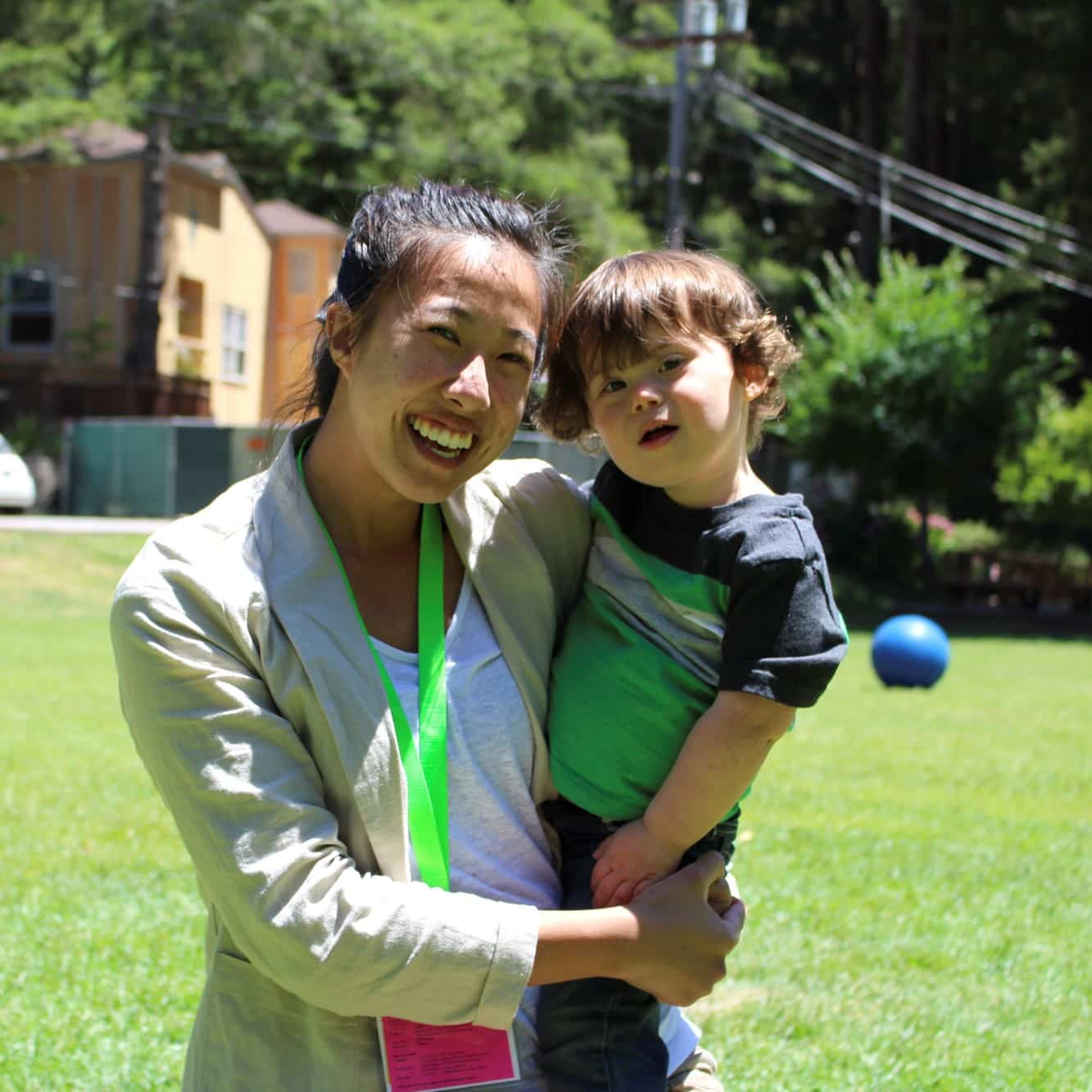
The fear of not knowing how or where to start has a simple solution. Not because there’s some secret program every church can and should implement, but because there is a pathway that will lead you and your church (in all its uniqueness) to a disability ministry that is honoring to God, effective, and sustainable.
Disability ministry is not a thing that we do. Disability ministry is a way we do things.
And as a result, it’s not necessarily a program. So where do we start?
First: Determine what a “fully engaged” member of your church looks like.
What would it mean for someone to be fully bought in? To fully participate in the life of the church? Maybe it looks something like this:
- Participates in worship, teaching, and fellowship at our Sunday service.
- Is a part of a mid-week small-group or Bible study.
- Is engaged in service somewhere in the church.
Whether your list includes three, ten, or twenty items, there is a core to what it means to belong to your church community. Your church may have a highly formal and well-defined idea of what this looks like, or an informal and unspoken assumption. But make no mistake, there is some essential core for what it means to be a part of your church.
But why is it important to define this core?
Because by knowing what is expected, you will be able to identify barriers that keep people with disabilities from fully belonging.
Using the list above, let’s consider an example.
Gary is a person with an invisible disability who attends Church X. Gary comes to church faithfully every Sunday and enjoys the worship and teaching. But every week, Gary sits alone. Gary is not part of a mid-week small group, and he doesn’t serve anywhere in the church.
How do we use this as a starting point for disability ministry? We start by asking why Gary isn’t involved in so many areas of church life!
By asking Gary, we learn that he sits alone because he struggles to make friends, and no one at church has ever reached out to him. He is greeted by many friendly people, but none that try to engage him outside of Sunday. We also learn that he isn’t in a small group because the ride-sharing service he uses doesn’t run during the time when the men’s group meets, and he doesn’t have any friends he can ask for a ride. As far as serving goes, Gary believes that because of his disability, he doesn’t have anything to contribute to the church, so he has never signed up for a serve-team.
There are a lot of barriers embedded in this story. Three immediately jump out.
- Gary is socially isolated.
- Gary does not have reliable transportation.
- Gary believes he has nothing to contribute to the church.
What do we notice about these things?
None of these barriers have anything to do with the church itself! The church is not actively doing anything to prevent his inclusion.
Secondly, these barriers are interconnected. Gary is socially isolated so he doesn’t have reliable transportation or anyone to point out how he can contribute to the church’s mission.
But why didn’t anyone notice this before? Why has Gary been unengaged for so long? Perhaps the answer is something like this:
Honestly, I never thought Gary seemed all that interested in being friends with me. I say ‘hi’ to him every week and get little more than a nod and a small ‘hello’ back. He doesn’t even really smile or make eye-contact. I thought he just wanted to be alone.
And from this assumption stems the rest of his disconnection.
How can we break this cycle? What can be done about each of these things?
An effective disability ministry for Gary means raising the awareness of the congregation about people with disabilities who may not socialize the way others do.
This awareness invites church members to pursue relationships with people like Gary. A simple first step could be to simply ask, “Can I sit with you today?”
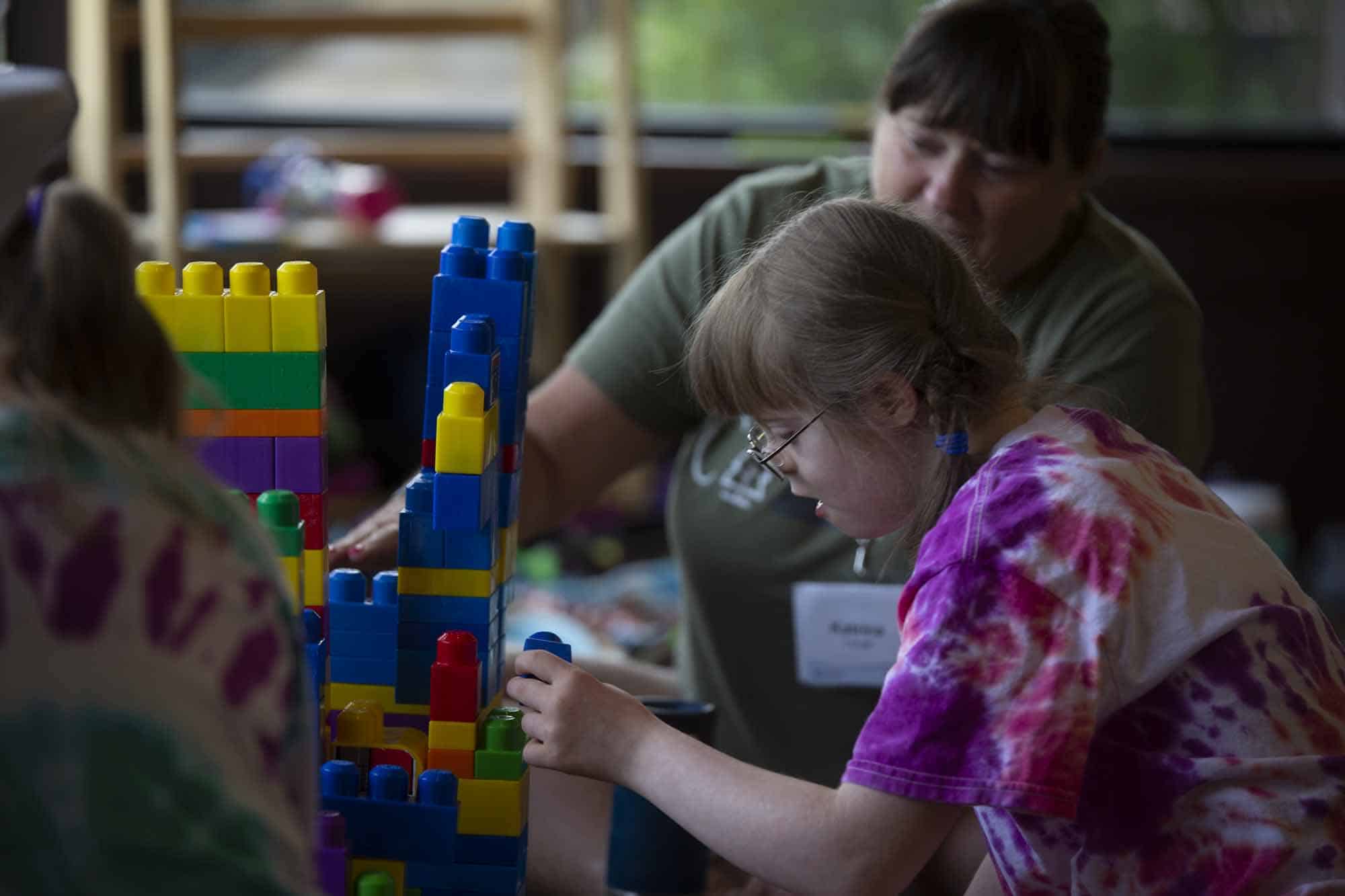
Relationships can’t be programmed. But we can make it easy for people to do the right thing.
For Gary, disability ministry looks like his church community believing that he is capable of friendships and has a God-given role to play in the church.
But Gary’s is only one story. And every story is unique. Finding out how your unique church can welcome unique individuals begins with knowing what it means to truly, fully, and wholly be a part of your church. The next step is identifying barriers that keep people from that engagement.
As you address the needs of individuals, you may find helpful ministry structures or programs that will serve your community well. But, there is no one-size-fits-all approach!
Examples are simple but ministry can be messy. To talk to a real person who will help you sort through the confusion, click the “contact us” button below.
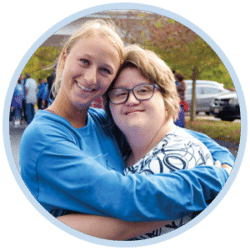
Do You Have Questions?
Contact us at [email protected] or call (818) 707-5664. We’re here for you. Your ministry’s success is our highest priority!
Want to Learn More?
For more information on navigating challenging behaviors from those with special needs, read Pathways to Belonging from the Joni and Friends Irresistible Church Series.
